Red spots on the skin are a symptom with numerous causes. They are characterized by reddened spots on one or more parts of the body and in many cases are harmless. However, a serious illness can also be the cause.
What are red spots on the skin?

Red spots on the skin are not a disease in their own right. Rather, it is a symptom that can have many causes. Red spots belong to the group of skin rashes known as rashes.
Red spots are rarely uniform. This means that they can be scattered all over the body or only occur on certain parts of the body. They are usually accompanied by other symptoms such as itching, swelling or burning. Since red spots on the skin are a symptom of a wide variety of diseases, the danger they pose is also different.
In some cases the inflammation is just harmless, in other cases it is caused by a life-threatening illness. It is therefore advisable to always consult a doctor if the symptoms have not gone away after a few days.
causes
Red spots on the skin can have many causes. Usually they are a defense reaction to allergens, viruses, bacteria or infections. Red spots can also appear as a side effect of various medications.
If the red spots appear in children, the cause is often a typical childhood disease such as measles or chickenpox. Pollen, food, cosmetics or chemicals are also possible triggers. However, the red spots on the skin may also be caused by a serious medical condition.
Diseases such as shingles or Pfeiffer's glandular fever are often associated with reddening of the skin. Likewise the hepatitis virus, syphilis or tropical diseases. Red spots often appear, for example, from so-called dengue fever, which is triggered by mosquito bites.
You can find your medication here
➔ Medicines against redness and eczemaDiseases with this symptom
- measles
- syphilis
- Tropical diseases
- chickenpox
- hepatitis
- Dengue fever
- Shingles
- Glandular Pfeiffer fever
- Fire mark
Diagnosis & course
In most cases, red spots will go away on their own. However, if they persist or spread, a doctor must be consulted. He first conducts a detailed conversation with the person affected and uses an anamnesis to narrow down the possible causes.
In addition, a blood test is usually done to detect infections and pathogens in the blood. Of course, a comprehensive skin examination is also carried out. Above all, the affected areas are carefully examined by the dermatologist. The extent of the redness, the exact color and any accompanying symptoms such as pain or severe itching can provide information about the cause. It is also often necessary to take a tissue sample and smear the skin.
The course depends entirely on the cause. While red spots that are caused by an overreaction to sunlight usually disappear quickly, infectious diseases or allergic reactions must be treated in any case, otherwise serious health problems can arise.
Complications
Red spots that form as a result of acne can fester and become infected. Acne can become very severe very quickly. Frequent complications are protracted disfigurement of the face and upper body due to purulent, sometimes painful pimples and pustules, which often have to be treated with antibiotics.
Acne pustules also often leave scars that disfigure the face, in particular, after the disease itself has healed. In the case of red spots as a result of infectious diseases, complications can arise if the patient reacts to the often severe itching with scratching. Scratched chickenpox vesicles almost always leave scars, at least in adults.
In measles and rubella, the scratched pustules can become infected and fester, which can then also lead to scars. In rare cases, scratching blisters or pustules on the body can also lead to a septic wound and the resulting blood poisoning. Red spots also appear as a result of a tick bite. If the animal is removed improperly, this increases the already considerable risk of developing Lyme disease.
When should you go to the doctor?
Red spots on skin are almost always a symptom of an underlying disease. Anyone who notices skin changes should therefore consult a doctor promptly so that he can clarify the causes of the skin disorders. If the red spots spread all over the body unusually quickly, there may be a viral disease such as herpes or shingles. The dermatologist should also be consulted if there are repeated color changes in several parts of the body.
Accompanying symptoms such as itching, pus formation or weeping areas must be treated immediately to avoid further complications and the formation of scars. The red spots on the skin may also be caused by an autoimmune disease that should be examined by a general practitioner or dermatologist. If the skin changes occur after eating, there may be an allergic reaction. A visit to the doctor is recommended at the latest when the symptoms occur more frequently, increase in intensity or have a generally negative effect on the general well-being. If an allergic shock is suspected, the emergency doctor should be alerted immediately.
Doctors & therapists in your area
Treatment & Therapy
Red spots on the skin are treated very differently. Mild allergic reactions to pollen, cosmetics, or certain foods do not necessarily require treatment. However, it is advisable to avoid contact with the relevant substances. If the red spots were triggered by a drug, a doctor should be consulted, as further side effects may occur. In addition, remedies are prescribed that relieve the itching and accelerate the healing of the swelling. Most of these preparations contain cortisone and other substances.
Red spots on the skin that are associated with a viral infection are treated with antivirals. In addition, special drugs are prescribed that inhibit the immune system so that there are no reactions to the virus and antiviral drugs. Light therapy is also a way to get rid of blemishes on the skin. In this case, the affected areas are irradiated with UV light, whereby the damaged tissue dies and the reddening also disappears.
Treatment for red spots caused by an allergic reaction is based on antihistamines, which ensure that the allergen no longer has any effect. Desensitization to the trigger can also be part of the treatment.
Outlook & forecast
Red spots on the skin do not necessarily have to be a health hazard and generally do not require any special treatment. If the red spots appear on the skin as a result of an allergic reaction or an intolerance, they do not need further treatment. In this case, the red spots disappear after a few hours and do not lead to further complications or restrictions.
The red spots can also be caused by insect bites and are also a common symptom. If there are no other unpleasant symptoms besides the spots, nothing needs to be done. However, if nausea, dizziness or vomiting occur, a doctor should be consulted.
In some cases, the red spots on the skin also make it very itchy. In this case, the patient should not scratch himself under any circumstances, as this only intensifies the itching and could leave wounds and scars on the skin. Treatment is usually only given when there is infection or inflammation on the skin and is usually carried out with the help of antibiotics. It leads to a positive course of the disease and is not associated with further complications.
You can find your medication here
➔ Medicines against redness and eczemaprevention
Home remedies ↵ for skin redness Red spots on the skin can be prevented in different ways. It can already help to care for the skin sufficiently and to use natural cosmetics. It is also advisable to find out which substances are allergic to and avoid contact with them.
Since the immune system also has a major influence on the formation of red spots, it can help to strengthen it. Of course, a healthy lifestyle with regular exercise, a balanced diet and a balanced daily routine is also important. However, if red spots appear on the skin, a dermatologist should be consulted.
You can do that yourself
If the red spots appear on the skin after eating, it is usually an allergy or an intolerance. Here, the respective incompatible foods should be avoided. A substitute is often possible, and in many cases drugs can also be taken with which the respective food can be digested without major complications.
If the red spots on the skin are caused by sunburn, more sun protection must definitely be applied. After sunbathing, we recommend using a nourishing cream that provides moisture. Applying aloe vera can also bring relief, as the herbal active ingredient has skin-soothing and cooling properties. In the case of poor personal hygiene, regular washing and the use of care products help against the red spots on the skin. This can also prevent acne if it occurs as well.
It is not uncommon for the red spots to appear on the skin in stressful situations. The patient needs to calm down and breathe slowly so that the body can cool down. In hot weather, wear loose and airy clothing. Obese people should reduce their weight to avoid the red spots in stressful situations. Antiseptic creams that soothe and moisturize the skin also help with insect bites. In most cases, the red spots disappear after a few hours or a few days.

.jpg)
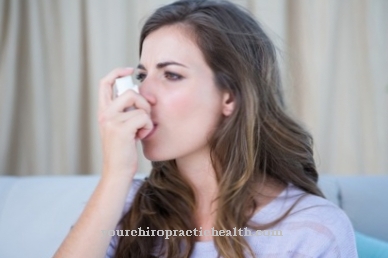

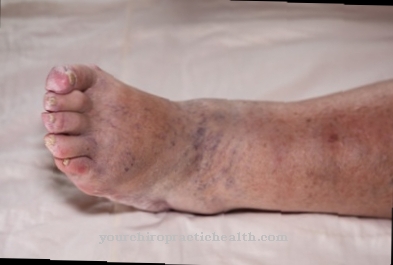

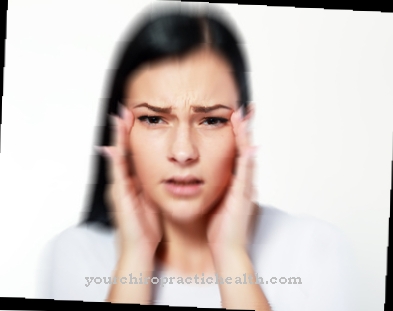


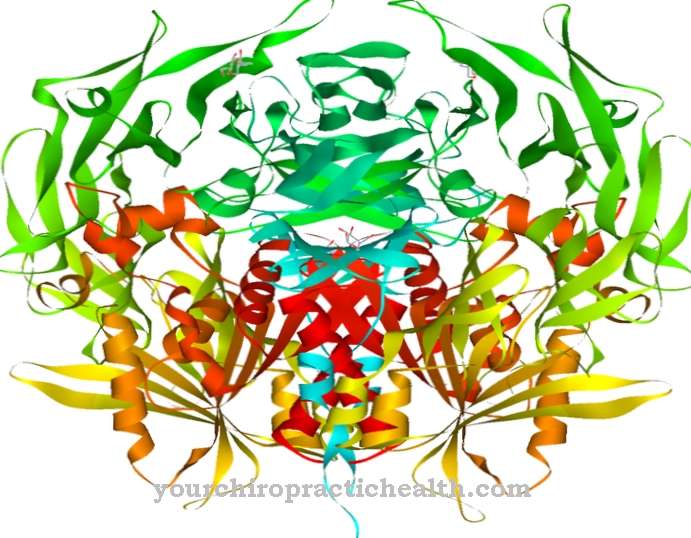




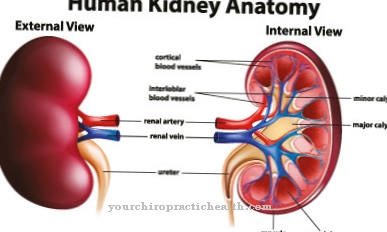
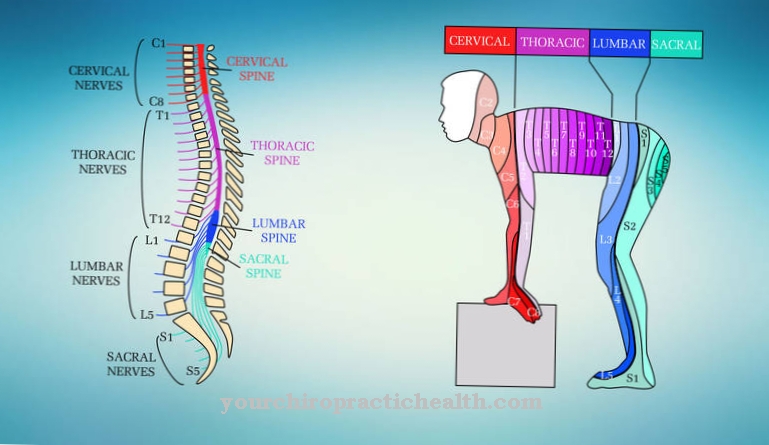

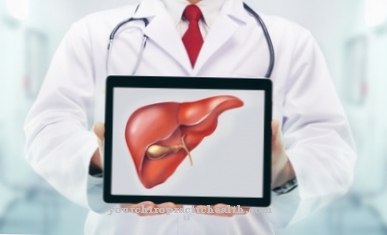

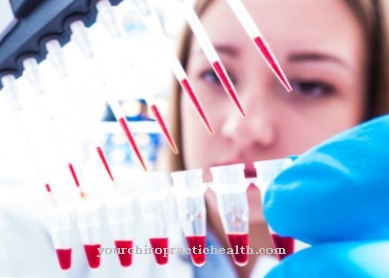

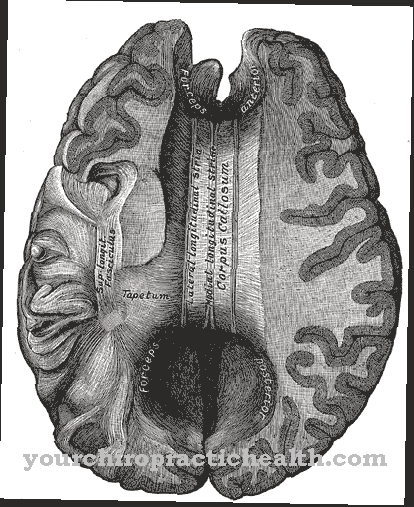
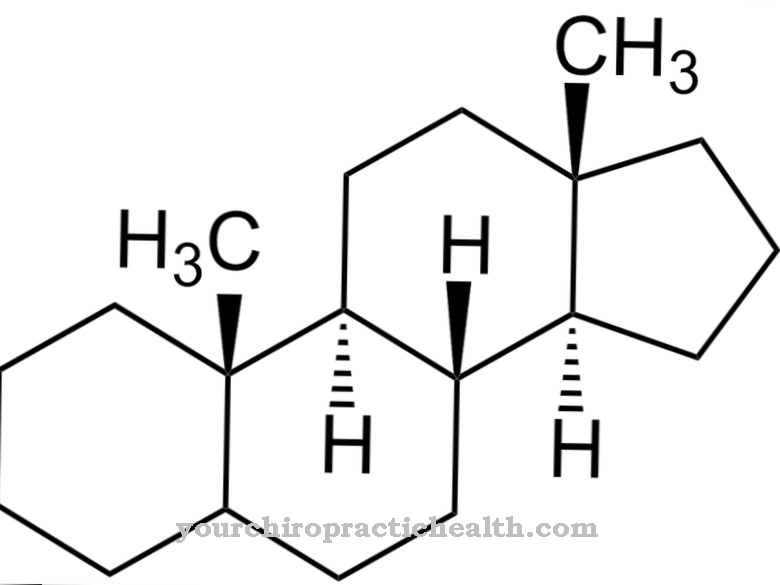
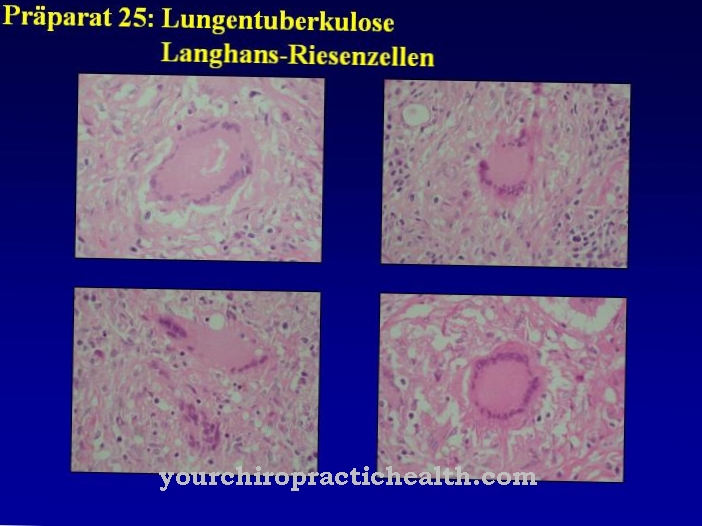
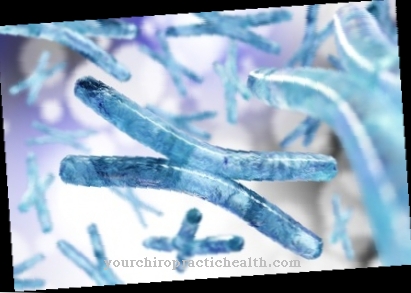
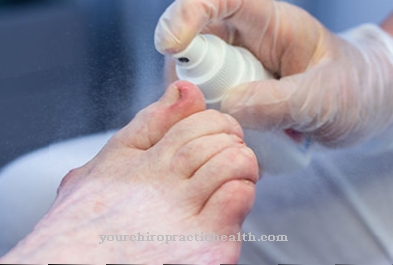
.jpg)

